- UNESCO World Heritage-listed city walls
-
source >
 World Heritage Center (English/French)|http://whc.unesco.org
World Heritage Center (English/French)|http://whc.unesco.org
Korean National Commission for UNESCO (translation supervision)|http://unesco.or.kr/heritage
Europe
-
Historic Centres of Berat and Gjirokastra
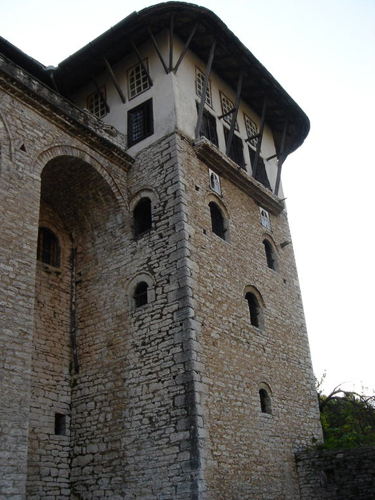 ⓒUNESCO
ⓒUNESCO
- Historic Centres of Berat and Gjirokastra
-
country : Albania
location :
coordinate : N40 4 10, E20 7 60
Enrollment Year : 2005year
heritage area : 59ha
buffer zone : 136ha
- Standard
-
Standard(Ⅲ) :Standard(IV) :
- Summary(Ⅵ) : : Berat and Gjirokastra are inscribed as rare examples of an architectural character typical of the Ottoman period. Located in central Albania, Berat bears witness to the coexistence of various religious and cultural communities down the centuries. It features a castle, locally known as the Kala, most of which was built in the 13th century, although its origins date back to the 4th century BC. The citadel area numbers many Byzantine churches, mainly from the 13th century, as well as several mosques built under the Ottoman era which began in 1417. Gjirokastra, in the Drinos river valley in southern Albania, features a series of outstanding two-story houses which were developed in the 17th century. The town also retains a bazaar, an 18th-century mosque and two churches of the same period
-

-
Historic Centre (Old Town) of Tallinn
 ⓒFiona Starr
ⓒFiona Starr
- Historic Centre (Old Town) of Tallinn
-
country : Estonia
location : County of Harju
coordinate : N59 25 59.988, E24 43 60
Enrollment Year : 1997year
heritage area : 113ha
buffer zone : 2253ha
- Standard
-
Standard(Ⅱ) :Standard(IV) :
- Summary(Ⅵ) : : The origins of Tallinn date back to the 13th century, when a castle was built there by the crusading knights of the Teutonic Order. It developed as a major centre of the Hanseatic League, and its wealth is demonstrated by the opulence of the public buildings (the churches in particular) and the domestic architecture of the merchants' houses, which have survived to a remarkable degree despite the ravages of fire and war in the intervening centuries.
-

-
Castles and Town Walls of King Edward in Gwynedd
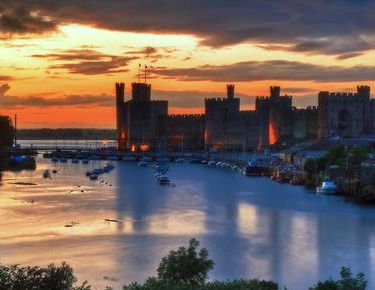 ⓒRichard0
ⓒRichard0
- Castles and Town Walls of King Edward in Gwynedd
-
country : United Kingdom of Great Britain and Northern Ireland
location : Gwynedd, North Wales
coordinate : N53 8 23, W4 16 37
Enrollment Year : 1986year
heritage area : 6ha
buffer zone : 0ha
- Standard
-
Standard(Ⅰ) :Standard(Ⅲ) :Standard(IV) :
- Summary(Ⅵ) : : The castles of Beaumaris and Harlech (largely the work of the greatest military engineer of the time, James of St George) and the fortified complexes of Caernarfon and Conwy are located in the former principality of Gwynedd, in north Wales. These extremely well-preserved monuments are examples of the colonization and defence works carried out throughout the reign of Edward I (1272–1307) and the military architecture of the time.
-

-
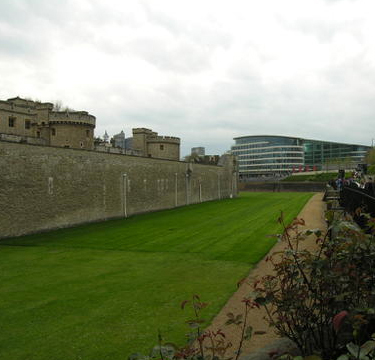 ⓒUNESCO
ⓒUNESCO
- Tower of London
-
country : United Kingdom of Great Britain and Northern Ireland
location : London Borough of Tower Hamlets, England
coordinate : N51 30 29, E0 4 34
Enrollment Year : 1988year
heritage area : 0ha
buffer zone : 0ha
- Standard
-
Standard(Ⅱ) :Standard(IV) :
- Summary(Ⅵ) : : The massive White Tower is a typical example of Norman military architecture, whose influence was felt throughout the kingdom. It was built on the Thames by William the Conqueror to protect London and assert his power. The Tower of London – an imposing fortress with many layers of history, which has become one of the symbols of royalty – was built around the White Tower.
-

-
Historic Town of St George and Related Fortifications, Bermuda
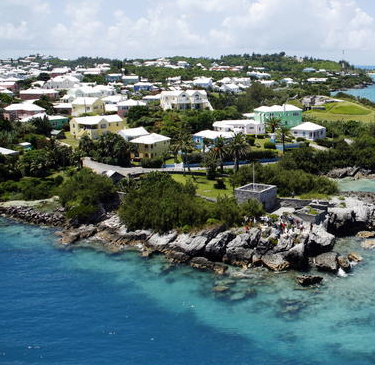 ⓒdbking
ⓒdbking
- Historic Town of St George and Related Fortifications, Bermuda
-
country : United Kingdom of Great Britain and Northern Ireland
location : St George, Bermuda
coordinate : N32 22 46, W64 40 40
Enrollment Year : 2000year
heritage area : 258ha
buffer zone : 0ha
- Standard
-
Standard(IV) :
- Summary(Ⅵ) : : The Town of St George, founded in 1612, is an outstanding example of the earliest English urban settlement in the New World. Its associated fortifications graphically illustrate the development of English military engineering from the 17th to the 20th century, being adapted to take account of the development of artillery over this period.
-

-
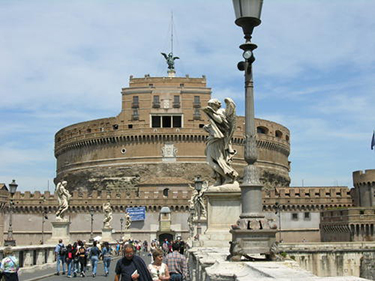 ⓒUNESCO
ⓒUNESCO
- Historic Centre of Rome, the Properties of the Holy See in that City Enjoying Extraterritorial Rights and San Paolo Fuori le Mura
-
country : Holy See,Italy
location : Province of Roma, Lazio region (IT) / Vatican City State (VA)
coordinate : N41 53 24.8, E12 29 32.3
Enrollment Year : 1980year
heritage area : 1485ha
buffer zone : 0ha
- Standard
-
Standard(Ⅰ) :Standard(Ⅱ) :Standard(Ⅲ) :Standard(IV) :Standard(Ⅵ) :
- Summary(Ⅵ) : : Founded, according to legend, by Romulus and Remus in 753 BC, Rome was first the centre of the Roman Republic, then of the Roman Empire, and it became the capital of the Christian world in the 4th century. The World Heritage site, extended in 1990 to the walls of Urban VIII, includes some of the major monuments of antiquity such as the Forums, the Mausoleum of Augustus, the Mausoleum of Hadrian, the Pantheon, Trajan’s Column and the Column of Marcus Aurelius, as well as the religious and public buildings of papal Rome.
-

-
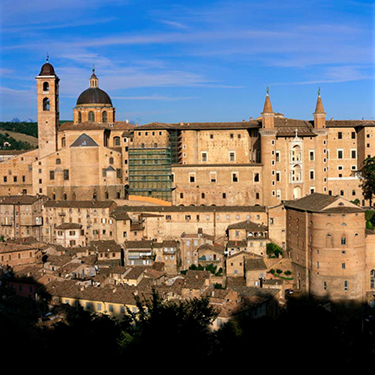 ⓒUNESCO
ⓒUNESCO
- Historic Centre of Urbino
-
country : Italy
location : Province of Pesaro, Marche Region
coordinate : N43 43 30, E12 37 59.988
Enrollment Year : 1998year
heritage area : 29ha
buffer zone : 0ha
- Standard
-
Standard(Ⅱ) :Standard(IV) :
- Summary(Ⅵ) : : The small hill town of Urbino, in the Marche, experienced a great cultural flowering in the 15th century, attracting artists and scholars from all over Italy and beyond, and influencing cultural developments elsewhere in Europe. Owing to its economic and cultural stagnation from the 16th century onwards, it has preserved its Renaissance appearance to a remarkable extent
-

-
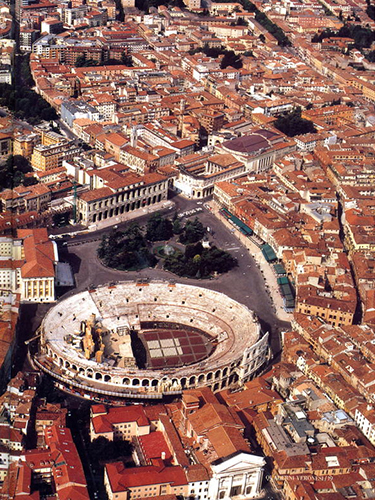 ⓒUNESCO
ⓒUNESCO
- City of Verona
-
country : Italy
location : City and Province of Verona, Veneto Region
coordinate : N45 26 19, E10 59 38
Enrollment Year : 2000year
heritage area : 453ha
buffer zone : 431ha
- Standard
-
Standard(Ⅱ) :Standard(Ⅴ) :
- Summary(Ⅵ) : : The historic city of Verona was founded in the 1st century B.C. It particularly flourished under the rule of the Scaliger family in the 13th and 14th centuries and as part of the Republic of Venice from the 15th to 18th centuries. Verona has preserved a remarkable number of monuments from antiquity, the medieval and Renaissance periods, and represents an outstanding example of a military stronghold.
-

-
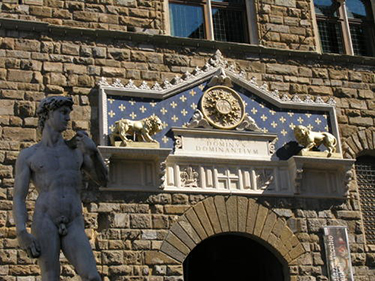 ⓒUNESCO
ⓒUNESCO
- Historic Centre of Florence
-
country : Italy
location : City and Province of Florence, Tuscany
coordinate : N43 46 23.016, E11 15 21.996
Enrollment Year : 1982year
heritage area : 505ha
buffer zone : 0ha
- Standard
-
Standard(Ⅰ) :Standard(Ⅱ) :Standard(Ⅲ) :Standard(IV) :Standard(Ⅵ) :
- Summary(Ⅵ) : : Built on the site of an Etruscan settlement, Florence, the symbol of the Renaissance, rose to economic and cultural pre-eminence under the Medici in the 15th and 16th centuries. Its 600 years of extraordinary artistic activity can be seen above all in the 13th-century cathedral (Santa Maria del Fiore), the Church of Santa Croce, the Uffizi and the Pitti Palace, the work of great masters such as Giotto, Brunelleschi, Botticelli and Michelangelo.
-

-
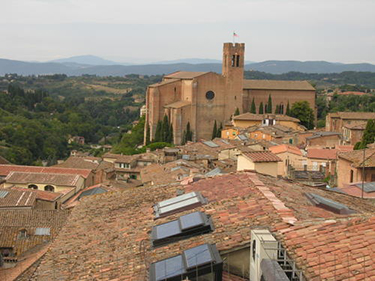 ⓒUNESCO
ⓒUNESCO
- Historic Centre of Siena
-
country : Italy
location : City and Province of Siena, Tuscany
coordinate : N43 19 7, E11 19 54
Enrollment Year : 1995year
heritage area : 170ha
buffer zone : 9907ha
- Standard
-
Standard(Ⅰ) :Standard(Ⅱ) :Standard(IV) :
- Summary(Ⅵ) : : Siena is the embodiment of a medieval city. Its inhabitants pursued their rivalry with Florence right into the area of urban planning. Throughout the centuries, they preserved their city's Gothic appearance, acquired between the 12th and 15th centuries. During this period the work of Duccio, the Lorenzetti brothers and Simone Martini was to influence the course of Italian and, more broadly, European art. The whole city of Siena, built around the Piazza del Campo, was devised as a work of art that blends into the surrounding landscape.
-





